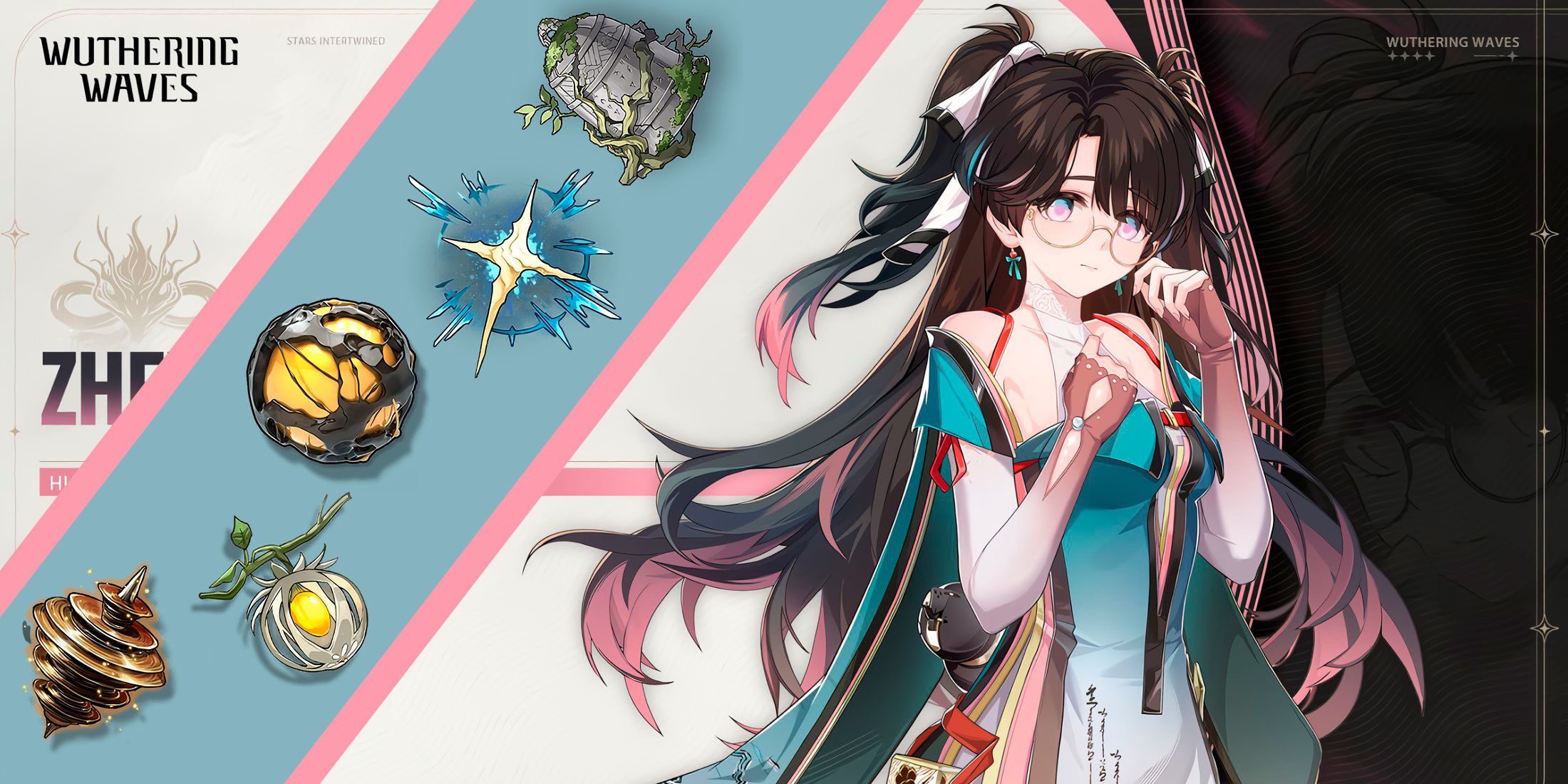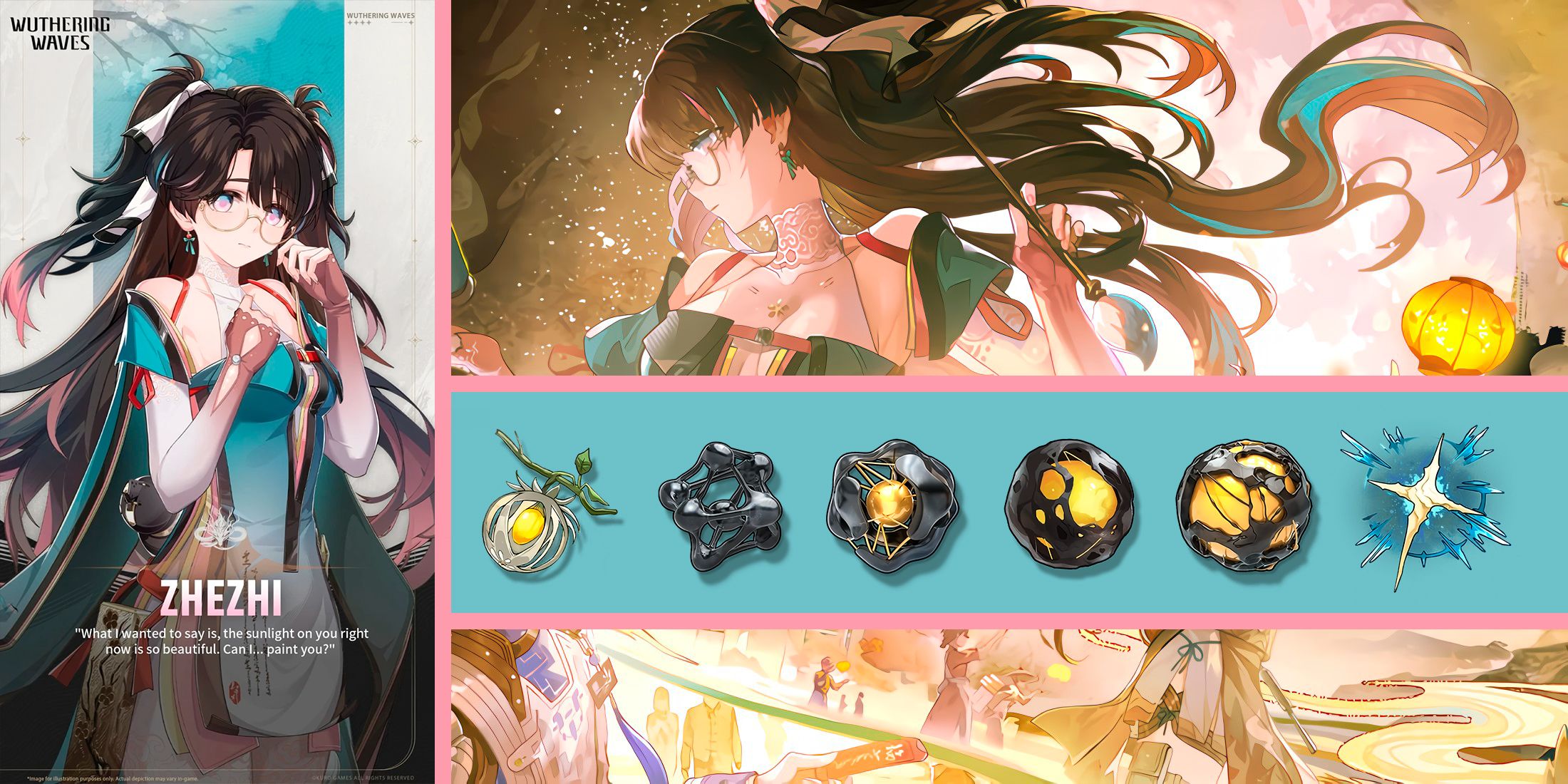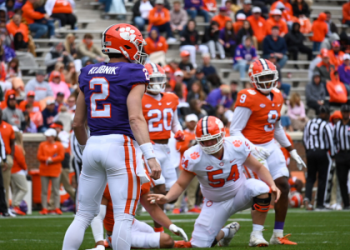Alright, let’s talk about paper for folding, or ‘zhezhi’ as some call it. Finding the right stuff wasn’t straightforward, took me a bit of messing around.

At first, I just grabbed whatever was lying about. You know, standard printer paper, pages ripped out of old notebooks, even newspaper sometimes. Seemed easy enough. But folding that stuff? Man, it was rough. Printer paper is way too thick. Creases get bulky, you can’t do anything complex, and it just doesn’t look sharp. Newspaper? Tears if you look at it wrong, and the ink gets everywhere. Not great.
Figuring Out What Works
So, I realized I needed actual folding paper. My first proper buy was that standard, thin, square paper you see everywhere, often colored on one side and white on the other. Usually called kami. Okay, this was way better for simple stuff. Cranes, boxes, basic animals – it worked fine. Cheap, easy to get. But try something tricky, with lots of layers? It still felt a bit weak, sometimes ripped, and the creases weren’t super crisp.
I started looking around, asking folks who did more serious folding. People mentioned different types. So, I decided to experiment.
- Tant paper: Heard good things. Got some. It has a nice texture, slightly rough feel. Colors are solid all the way through. It’s a bit stiffer than kami, which is good. Makes really sharp, clean folds. Great for geometric models, tessellations. Maybe a little thick for super complex models, but holds its shape well. I liked this one quite a bit for models that needed some structure.
- Tissue foil: This stuff sounded cool. Thin tissue paper glued to thin aluminum foil. Wow. It holds a crease like nothing else. Seriously, you fold it, it stays exactly like that. Amazing for tiny details, insects, really complex designs where you need thin paper that holds its shape. The downside? It wrinkles easily, and once it’s wrinkled, good luck getting it smooth again. You gotta be careful handling it. But the results can be stunning.
- Washi: This is a big category. Japanese paper, often handmade, beautiful patterns sometimes. It can be strong but still thin. Some types are amazing for wet-folding – you dampen the paper slightly, shape it, and it dries hard. Gives models a cool, sculptural look. Finding good Washi took some effort, and it can be pricier, but for special projects, it feels fantastic to work with.
- Kraft paper: Yeah, the brown stuff used for packaging. Tried some thinner versions. Surprisingly decent! It’s strong, has a nice rustic look, and holds creases well. Good for practicing or for models where you want that earthy feel. Cheap too.
The Process Now
So, these days, I don’t just grab any paper. I think about the model first. Simple, quick fold? Kami is fine. Something geometric and sharp? Probably Tant. A complex creature needing thin, strong paper? Tissue foil, if I’m feeling patient. Something organic or if I want to try wet-folding? A nice Washi or maybe even elephant hide paper (tried that too, very textured!).
Cutting is also key. Used to just fold and tear, or use rubbish scissors. Now, I use a proper craft knife and a cutting mat. Getting perfect squares makes a huge difference later on. Those tiny inaccuracies add up.

It really just came down to trying things. Buying small packs of different papers, folding the same simple model with each to see how it felt, how it held up. You figure out what you like, what works for the kind of things you want to fold. There’s no single ‘best’ paper, just gotta find your own preference through actually doing it.





